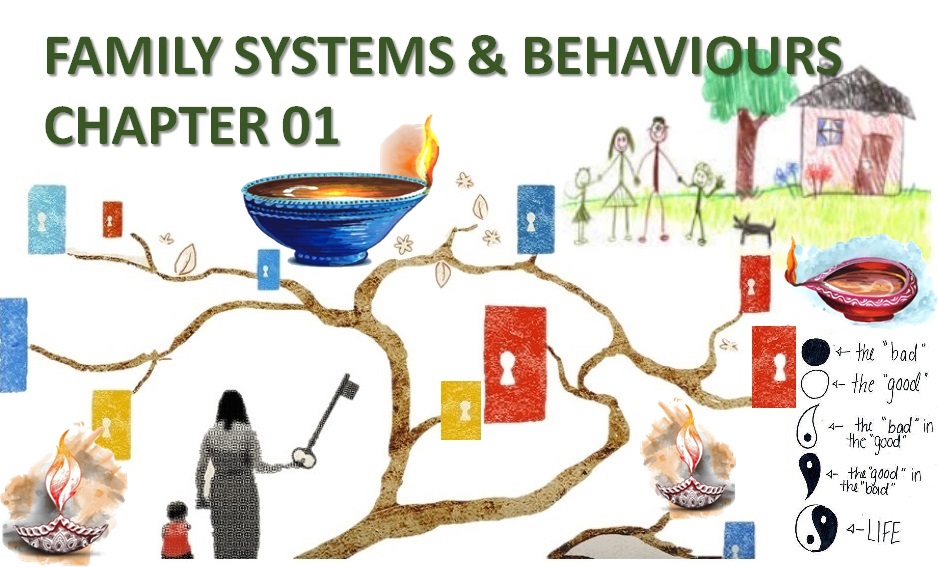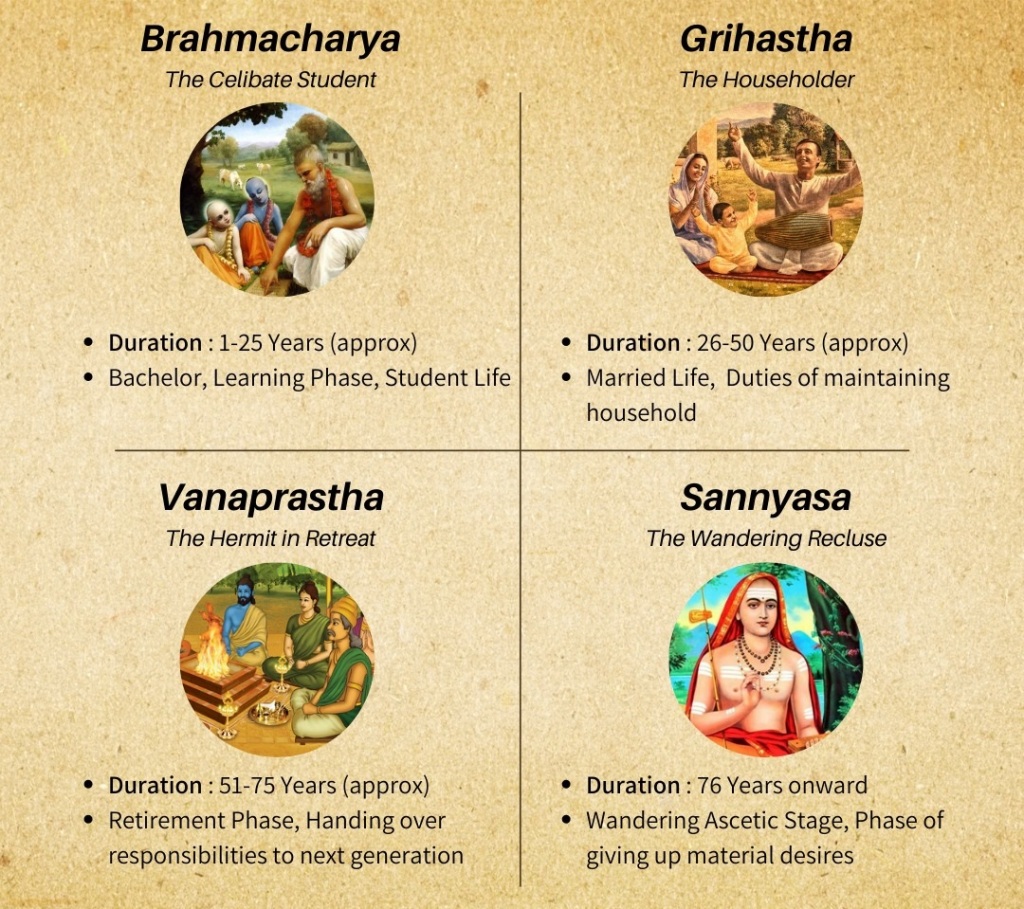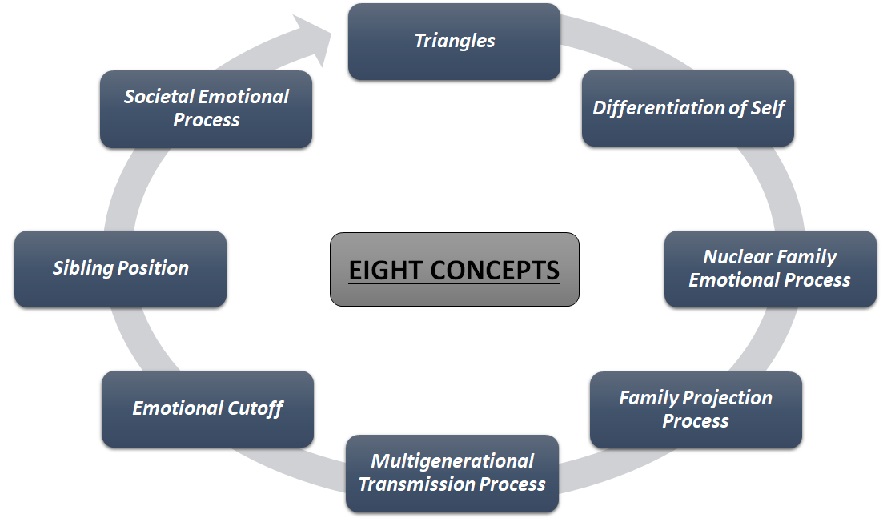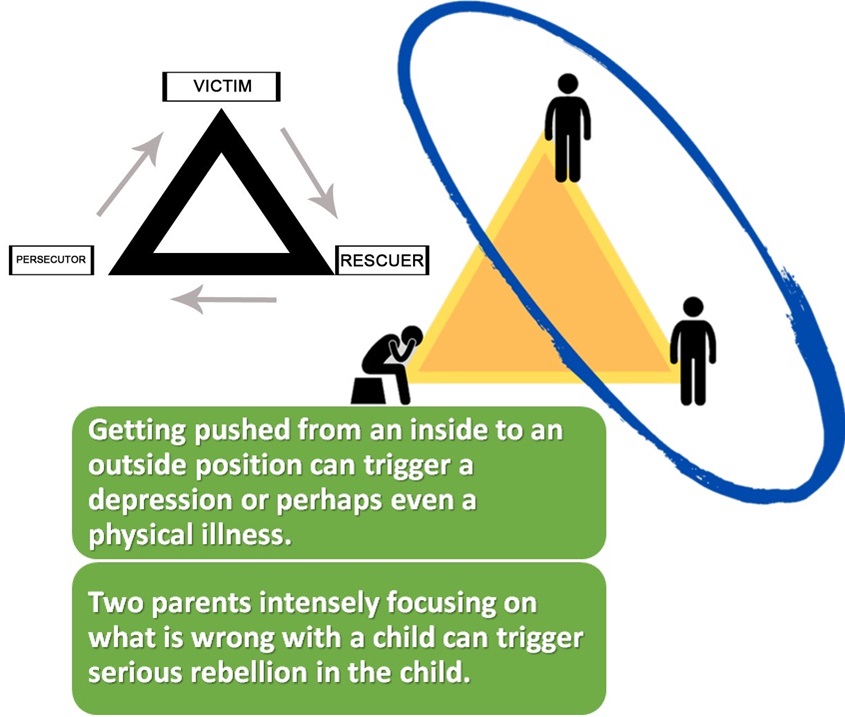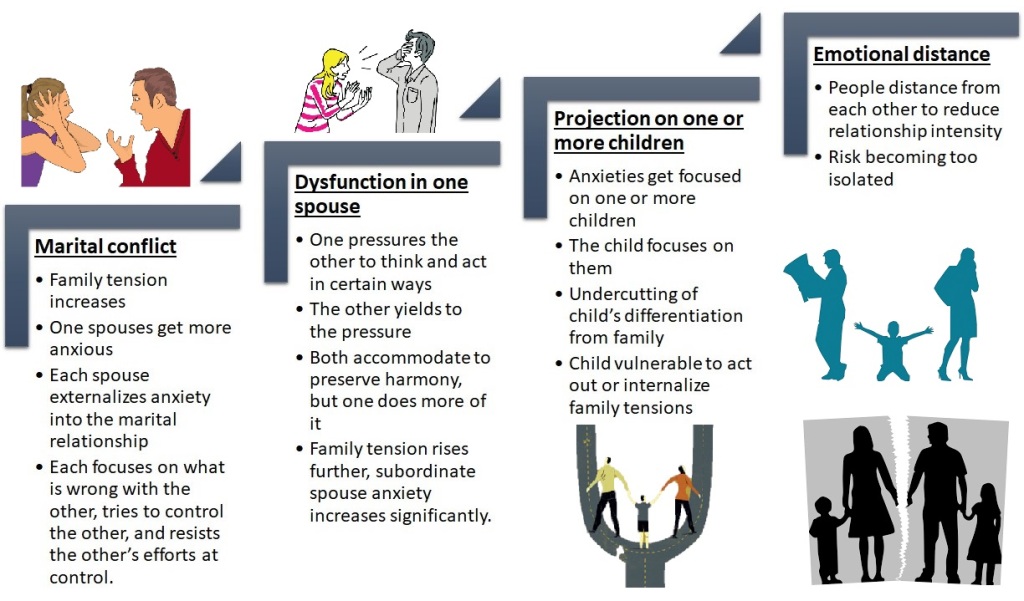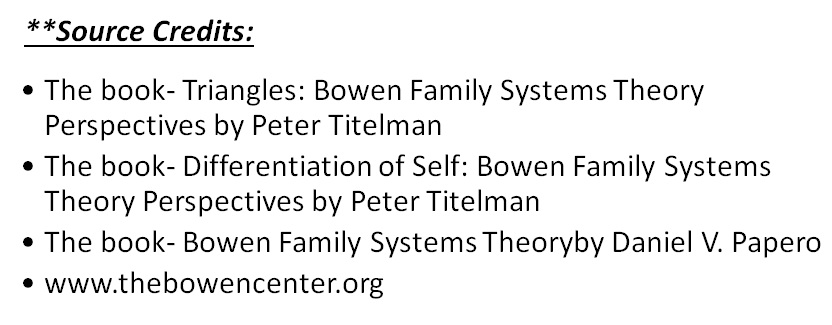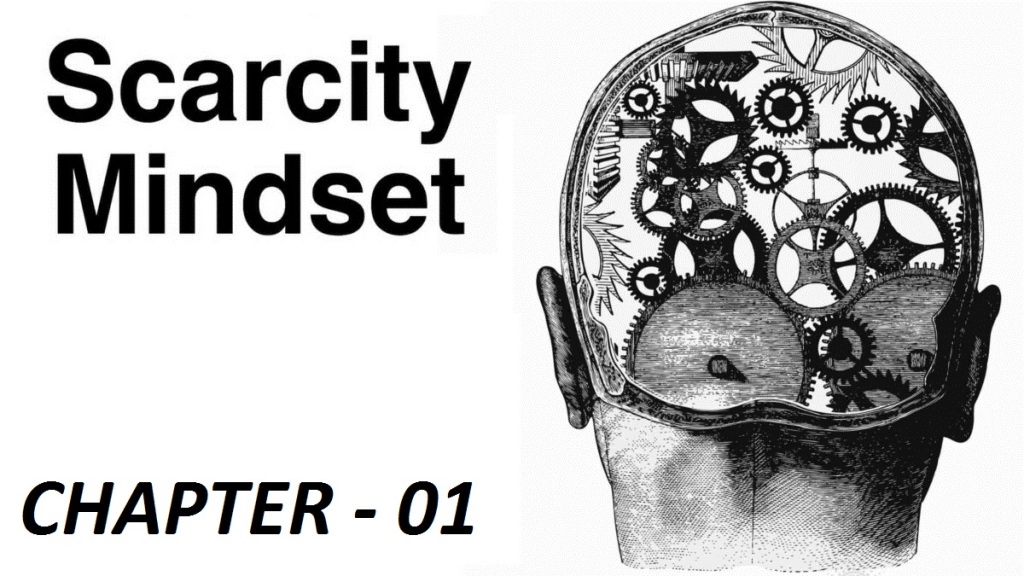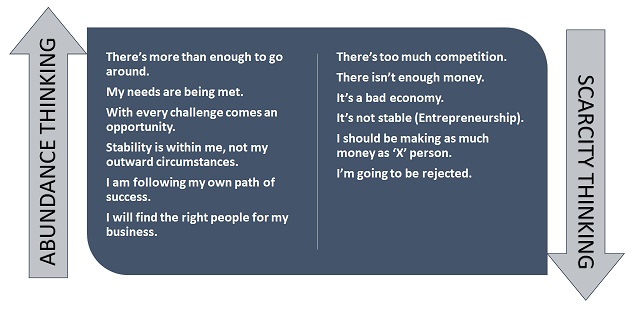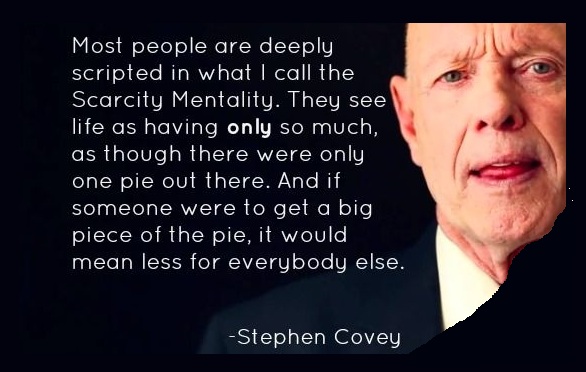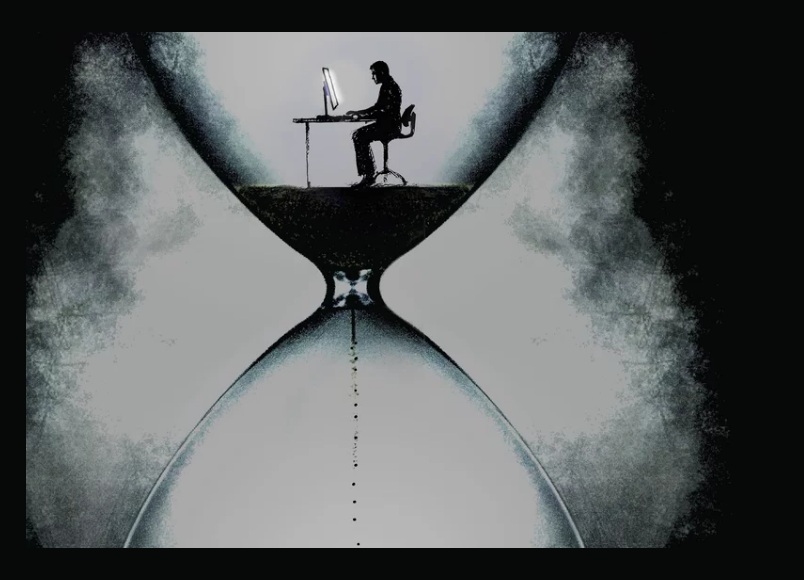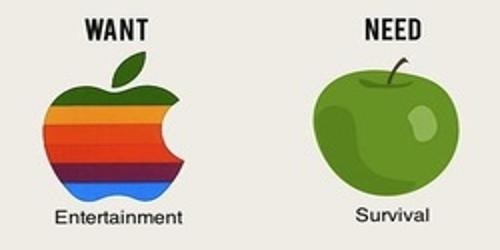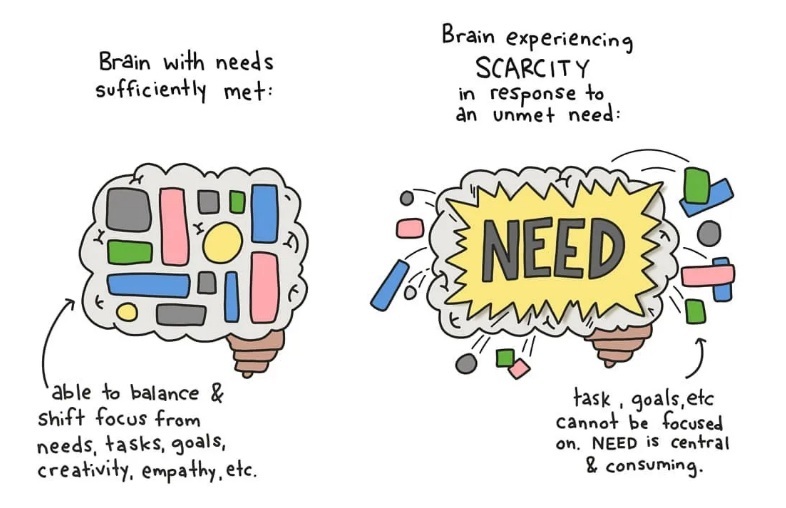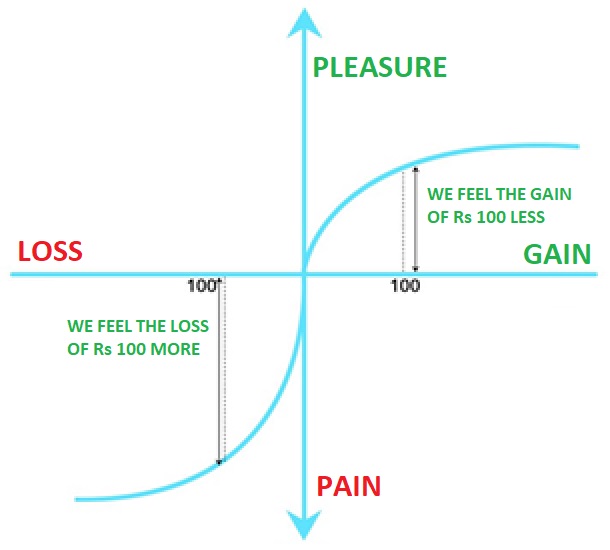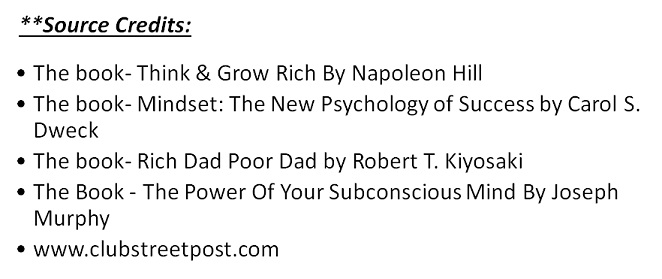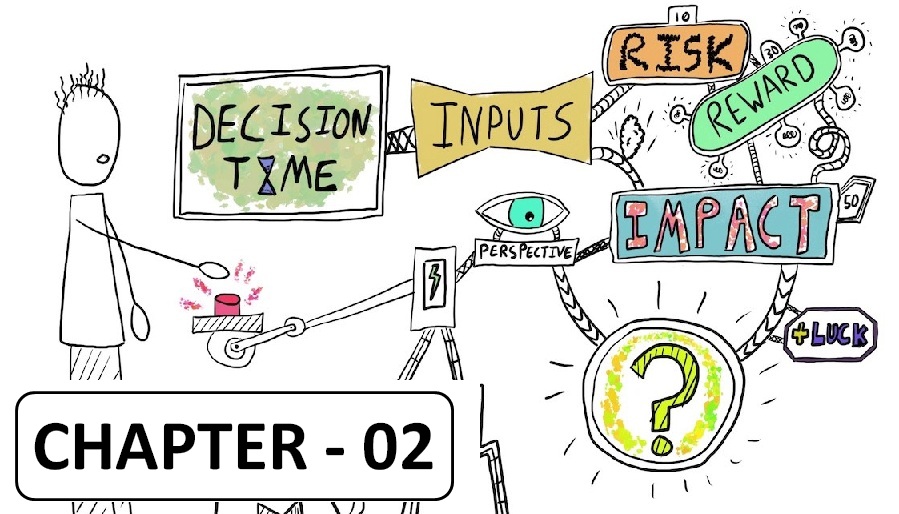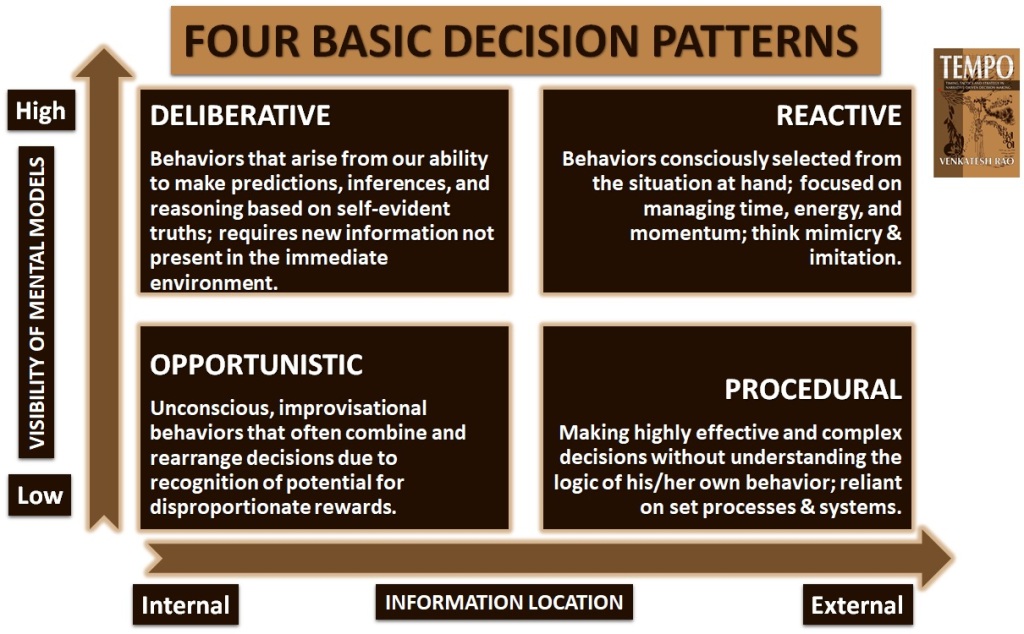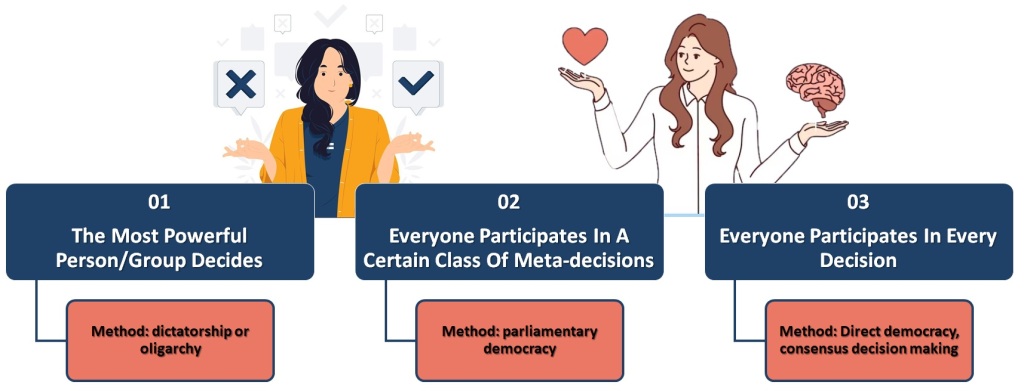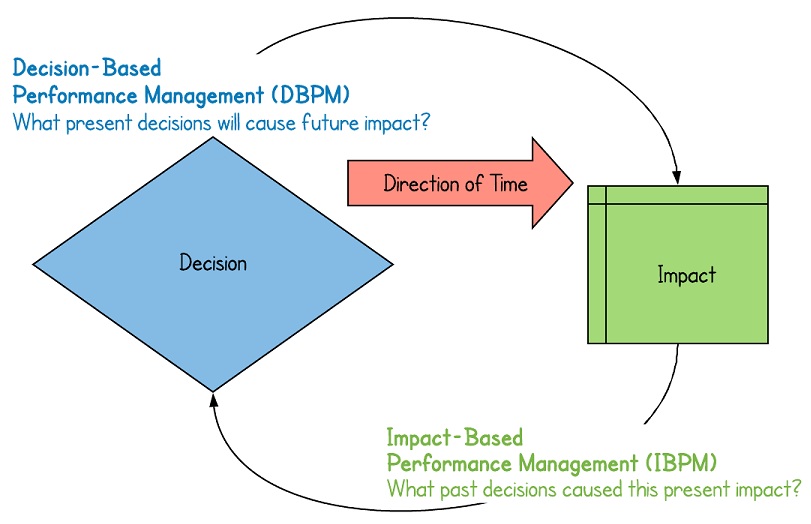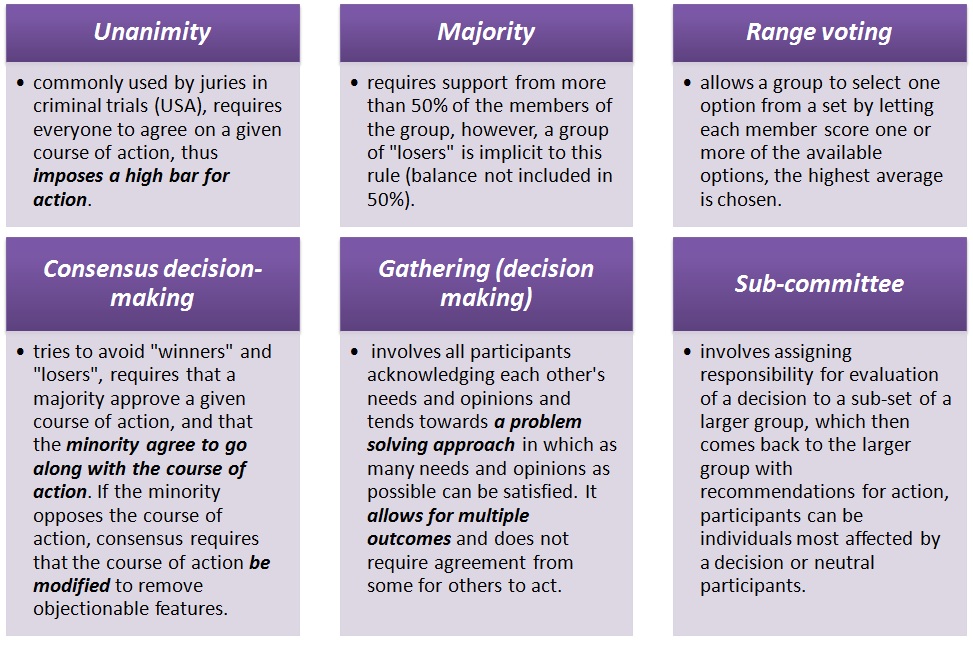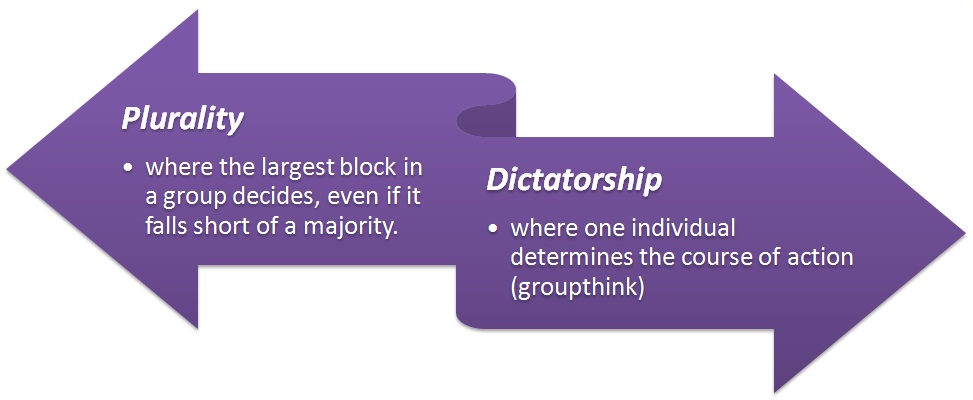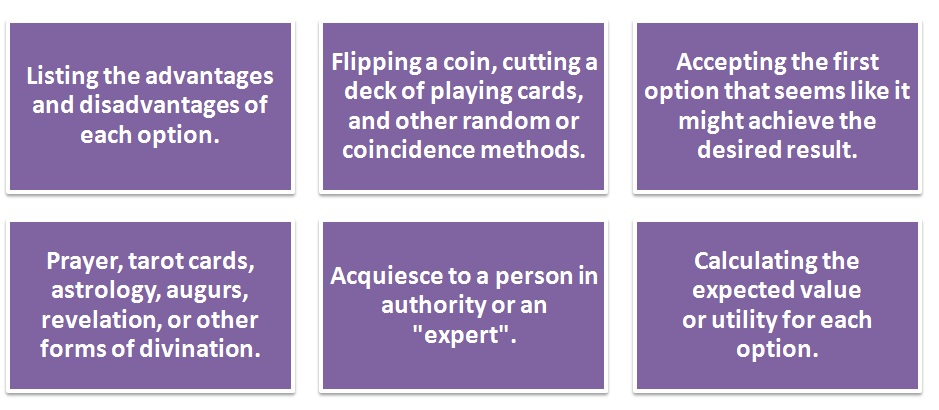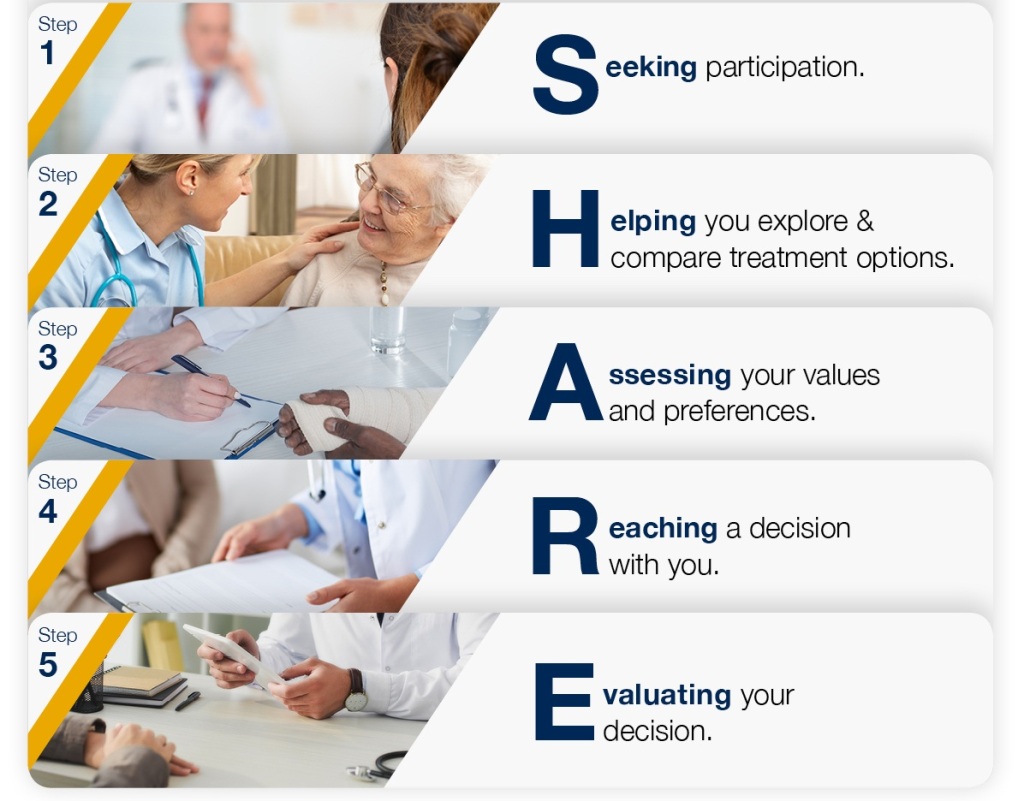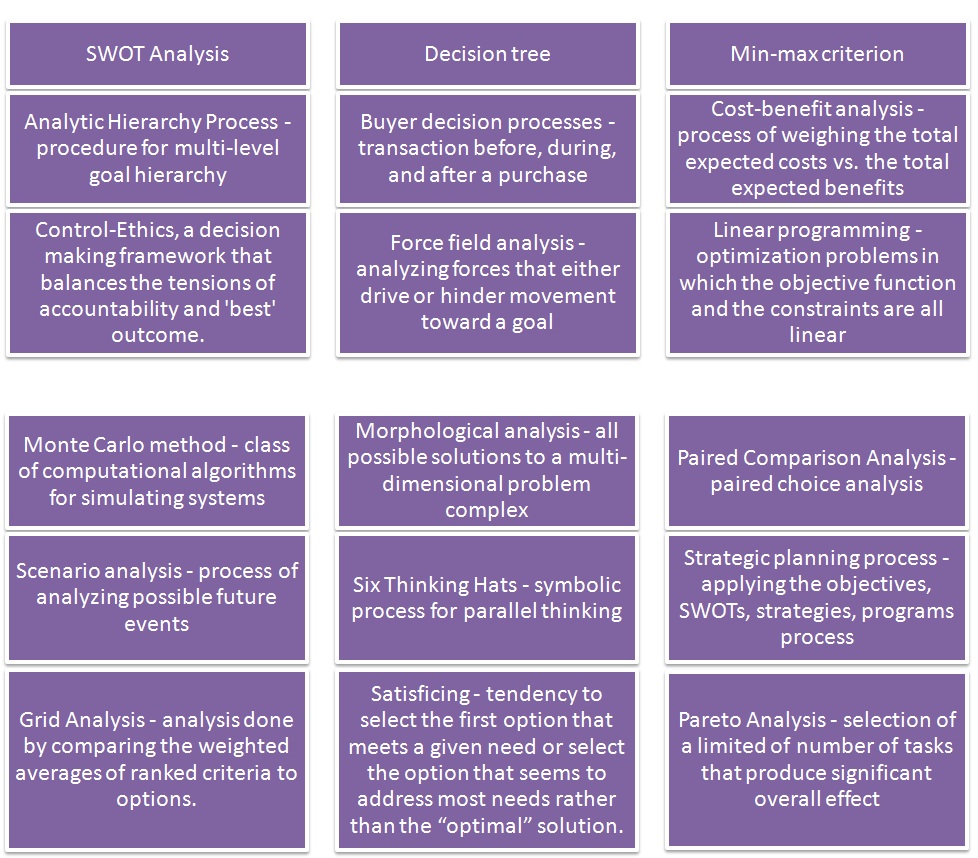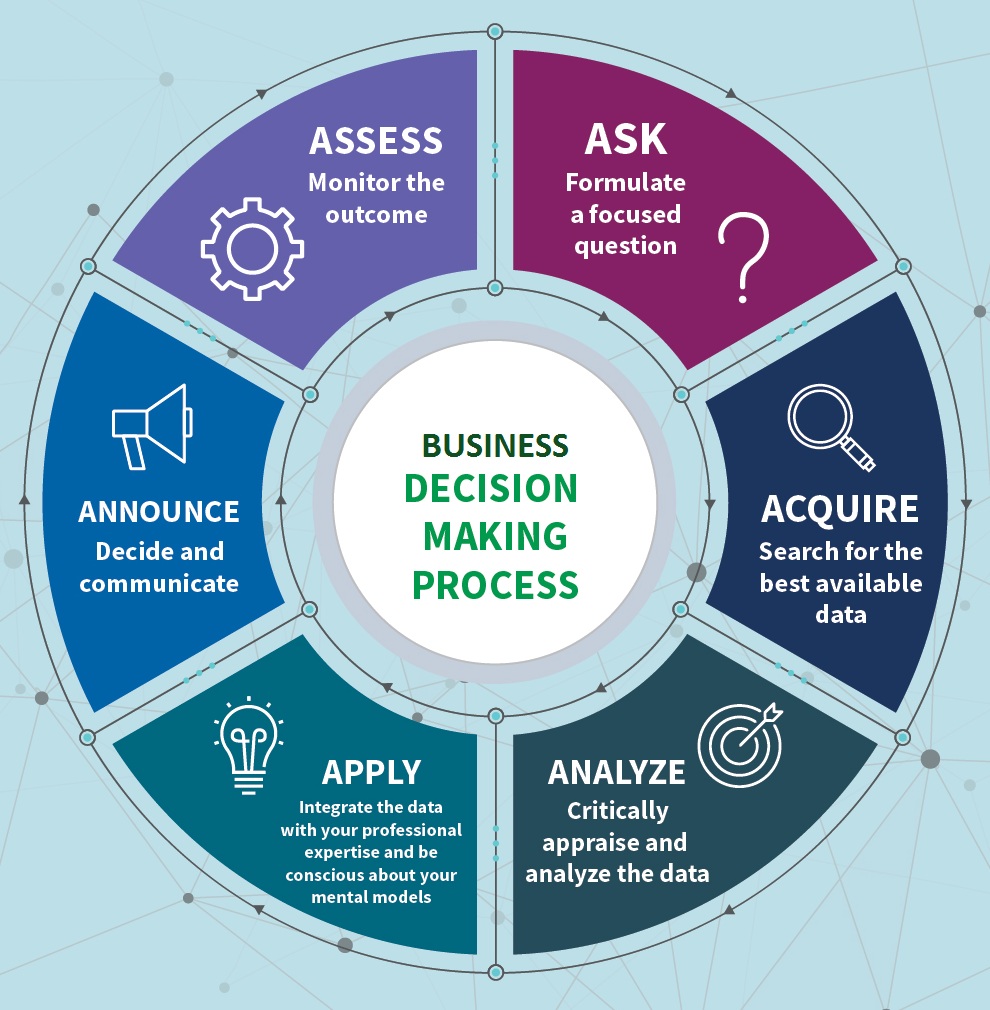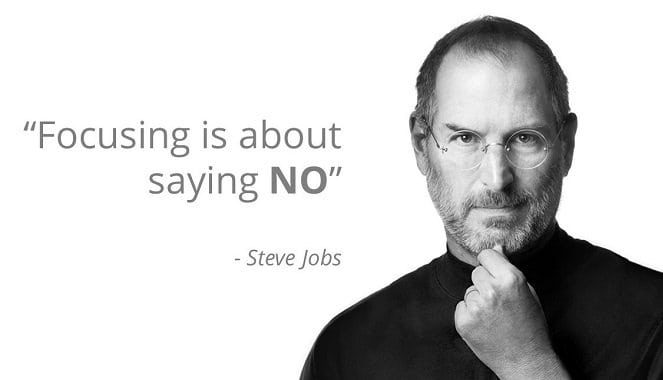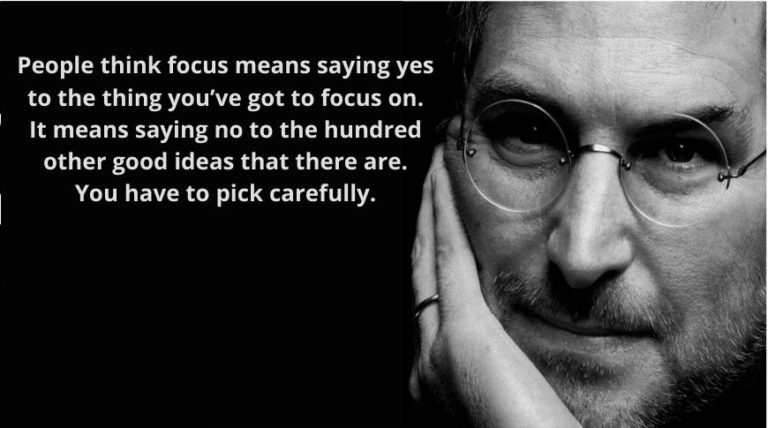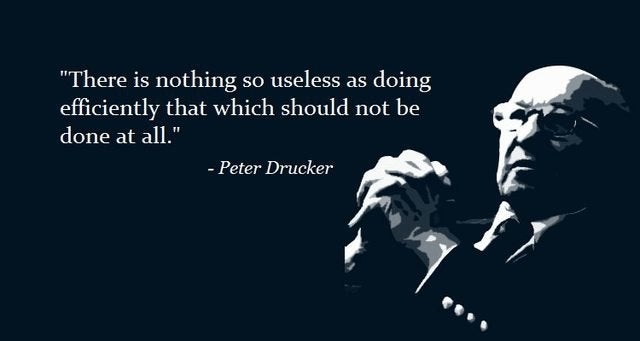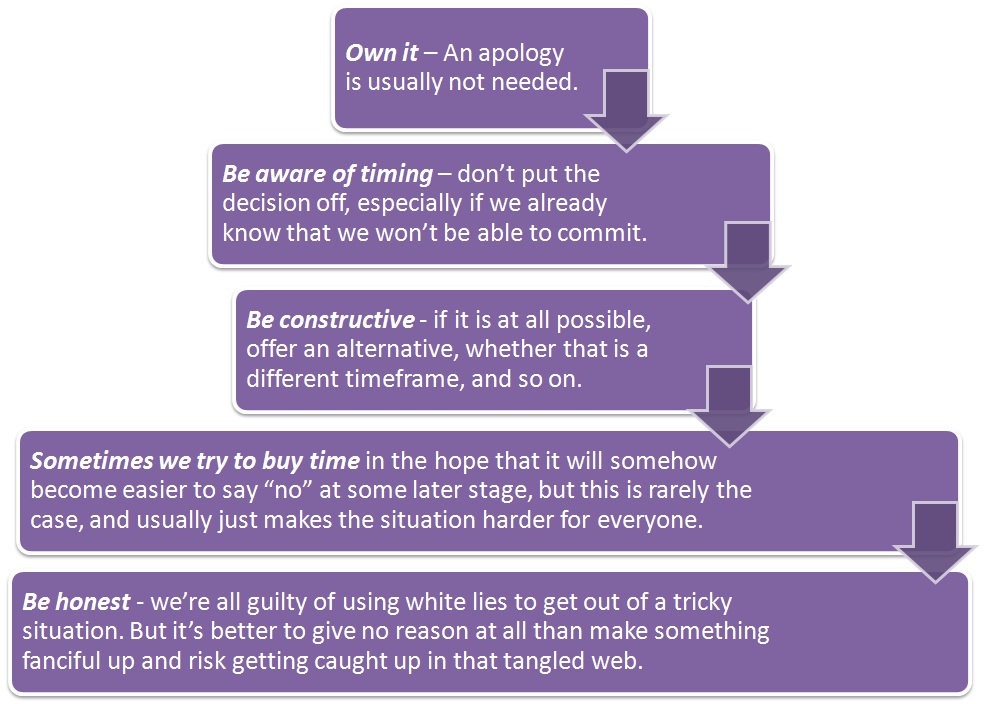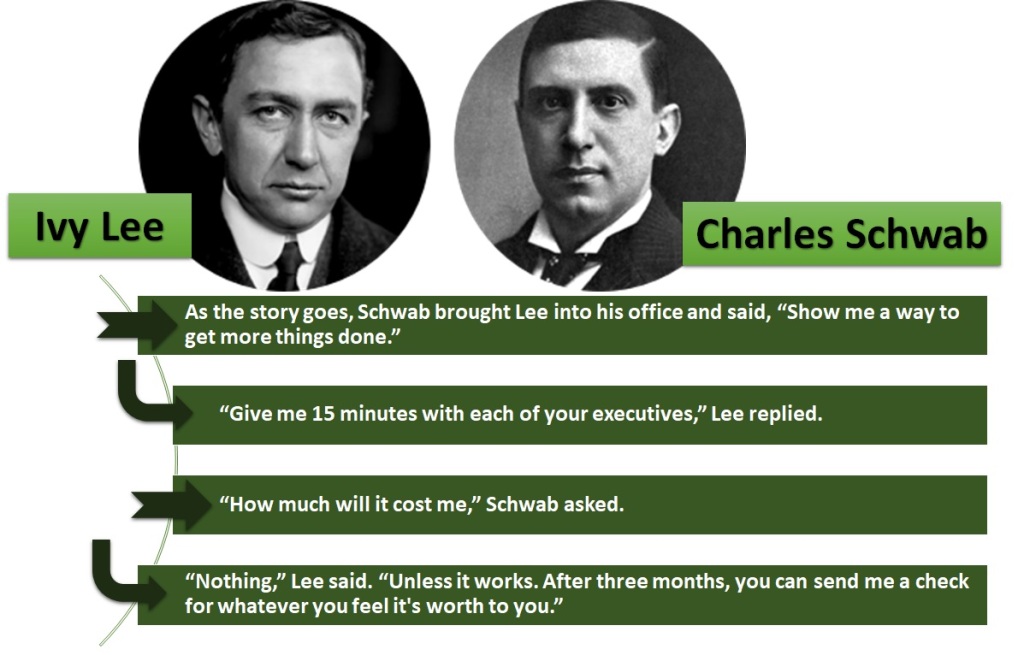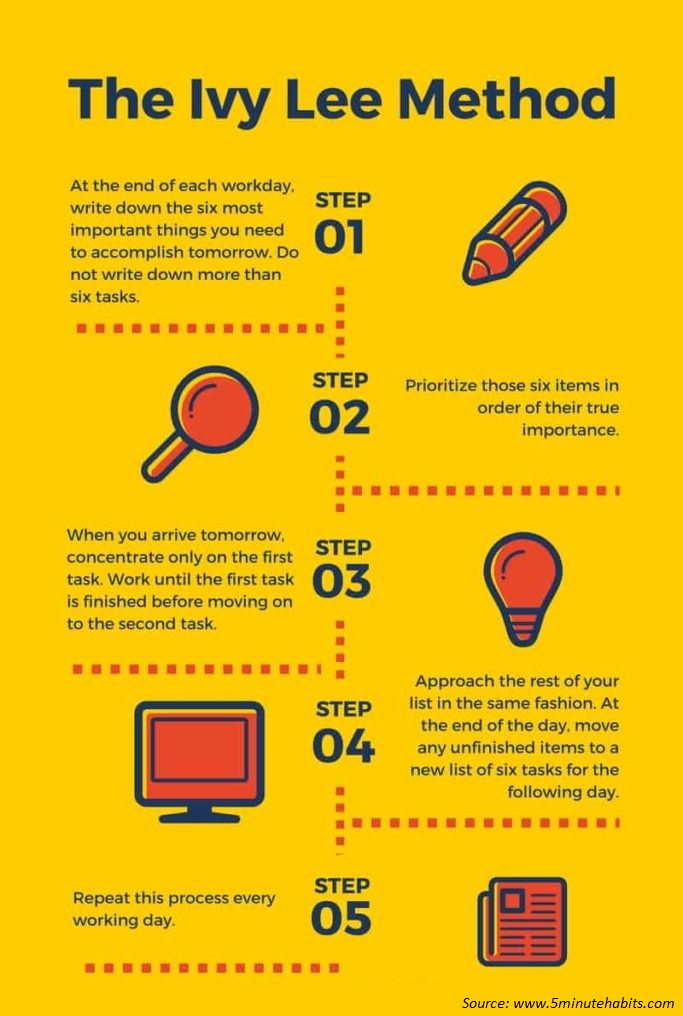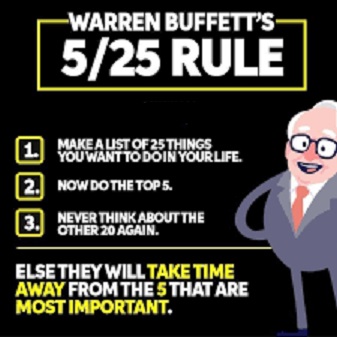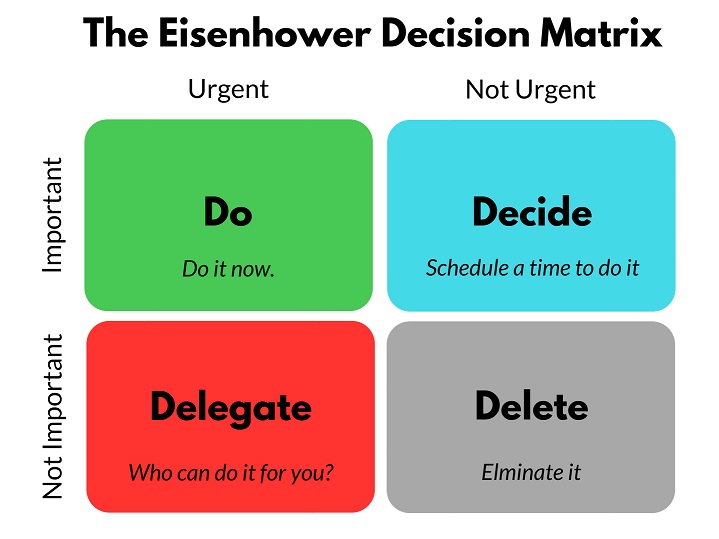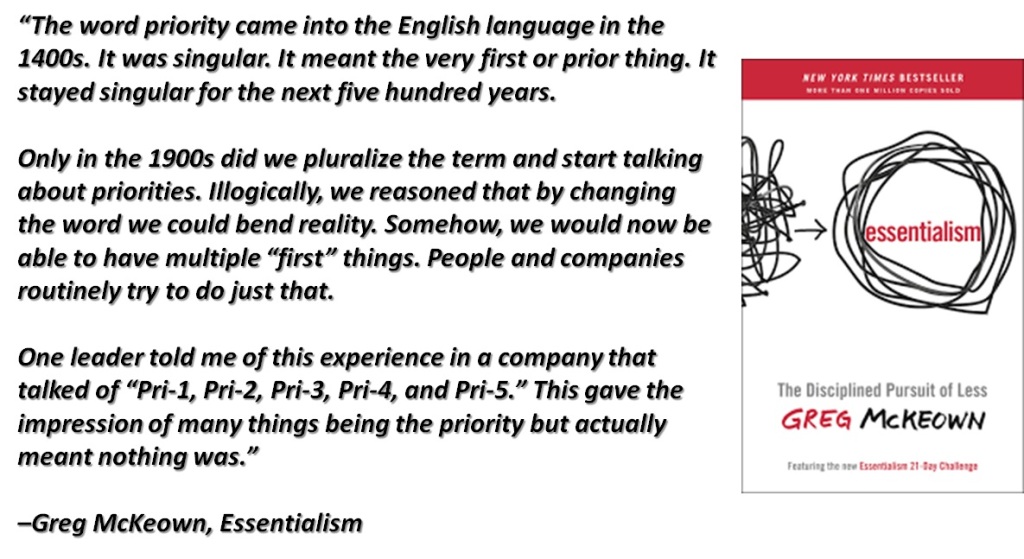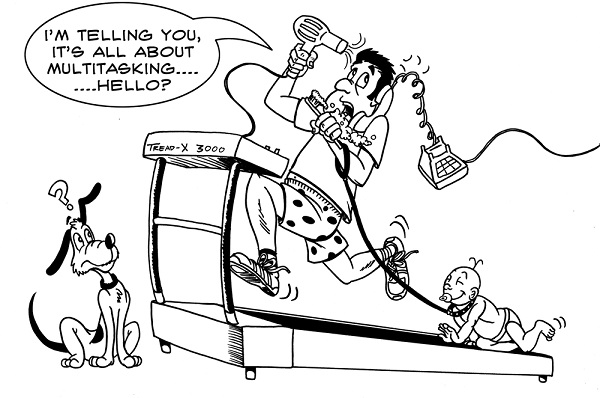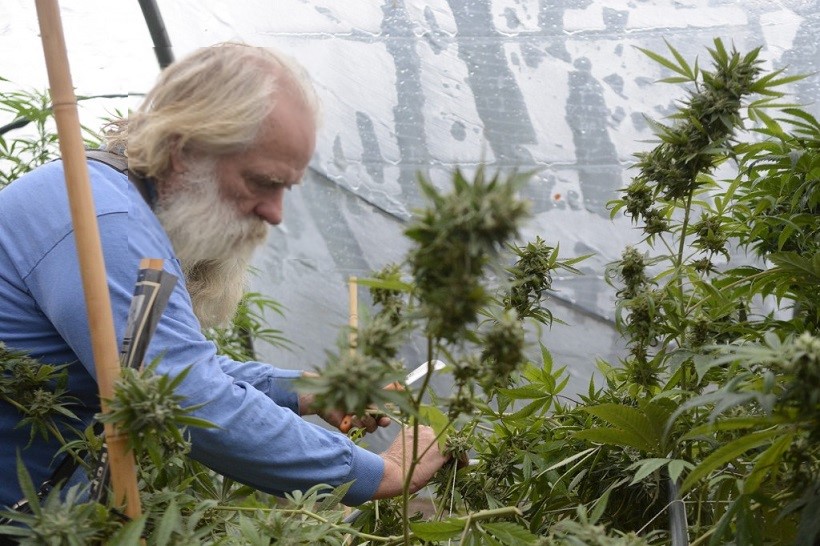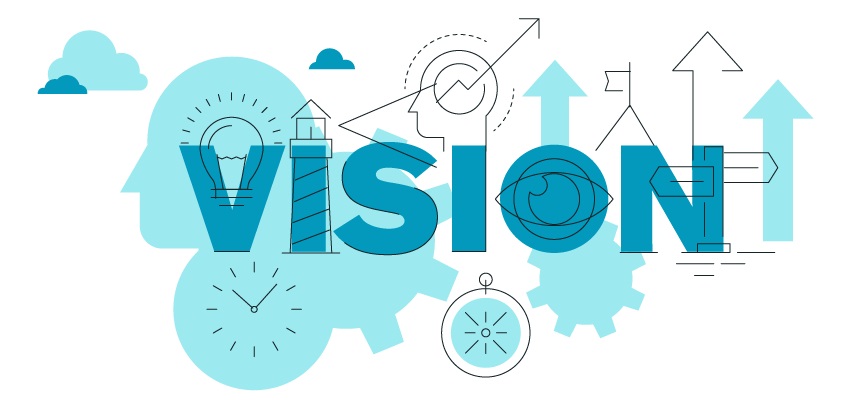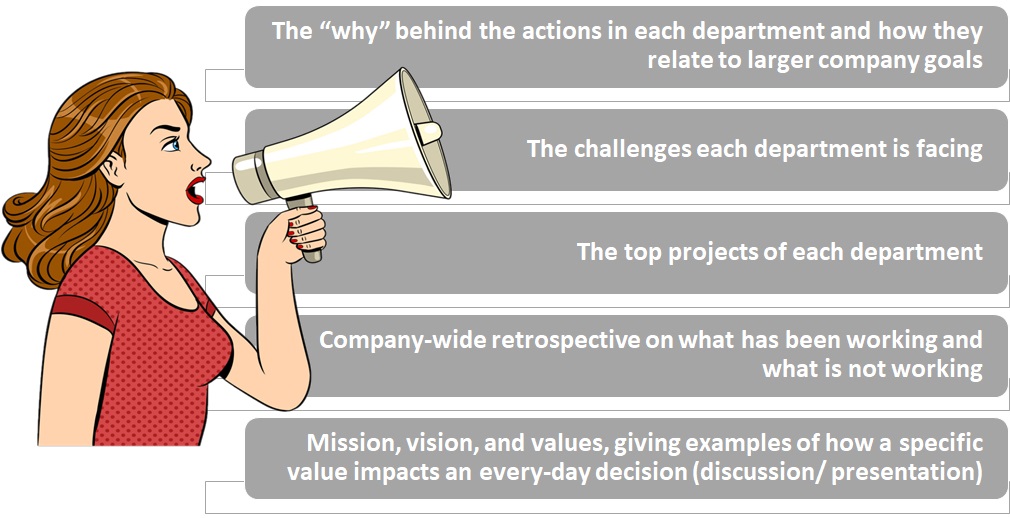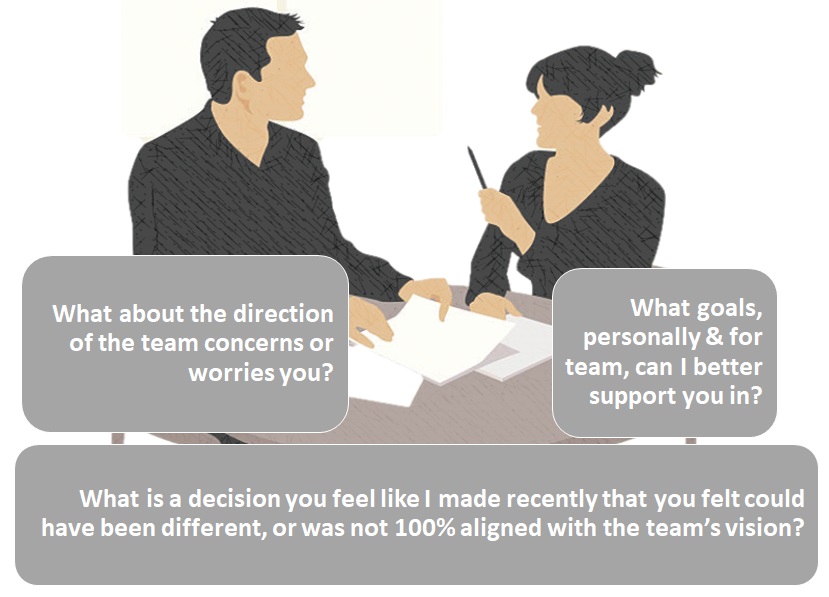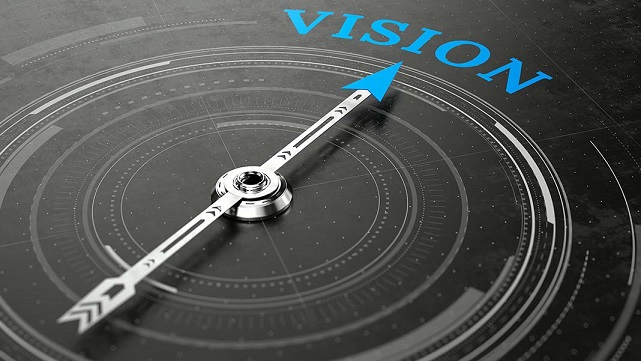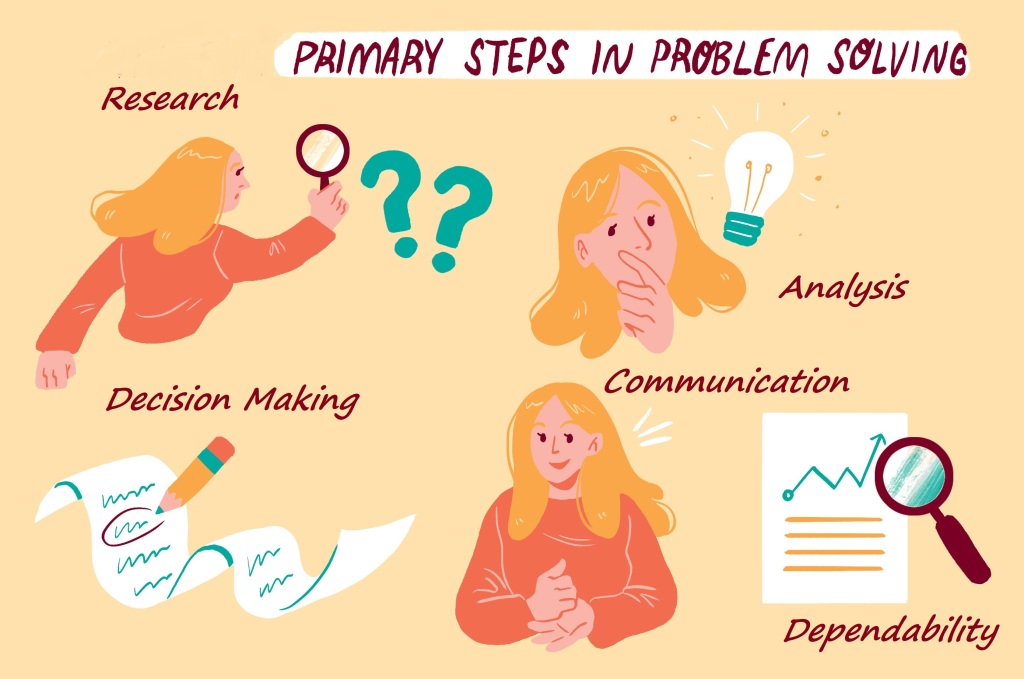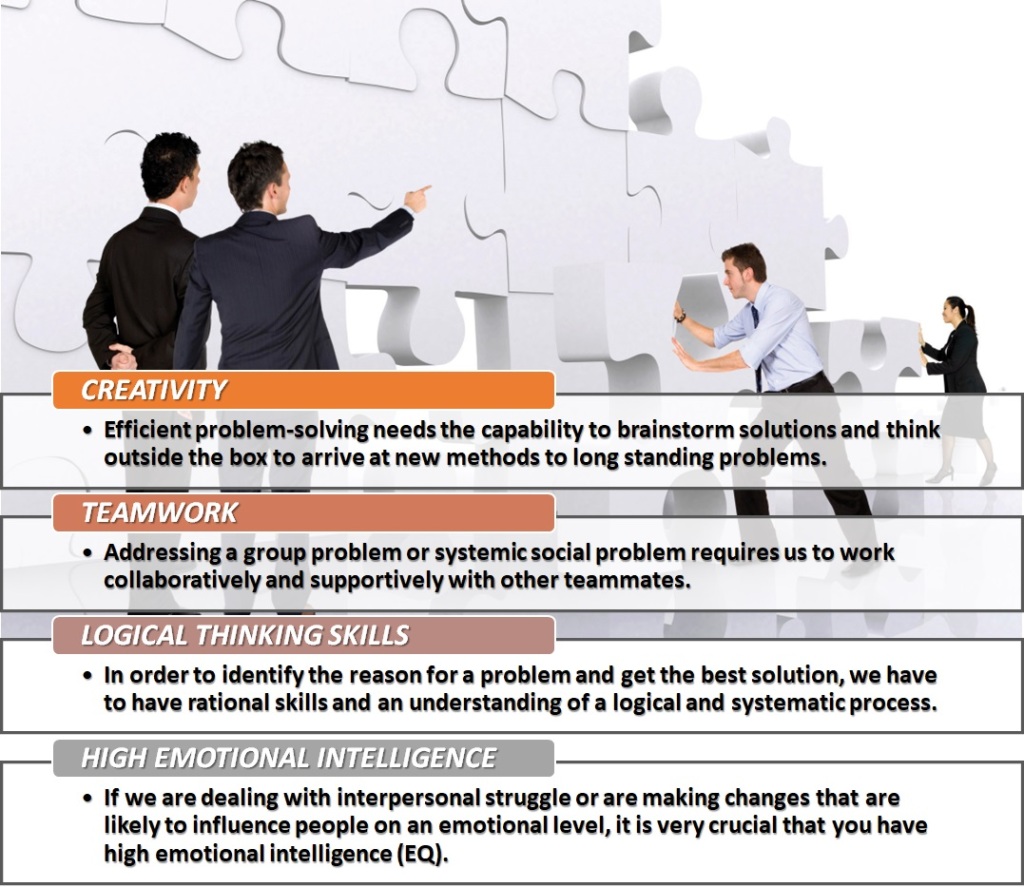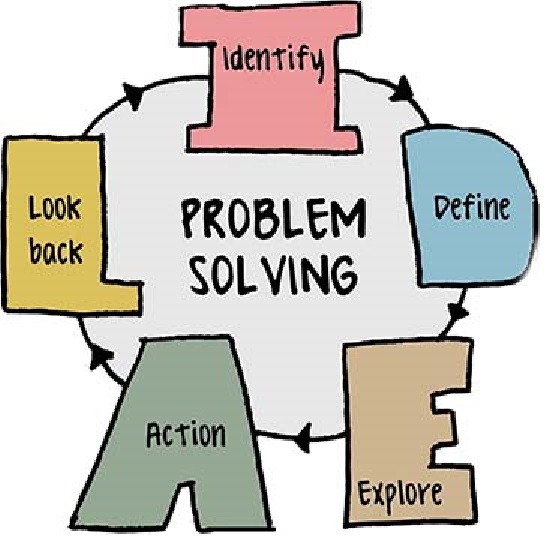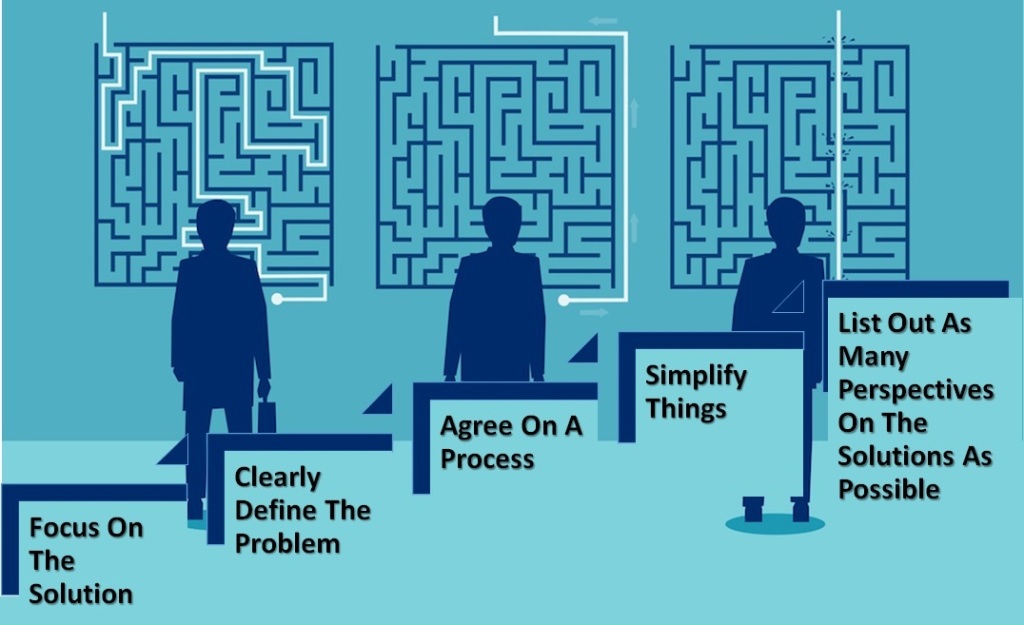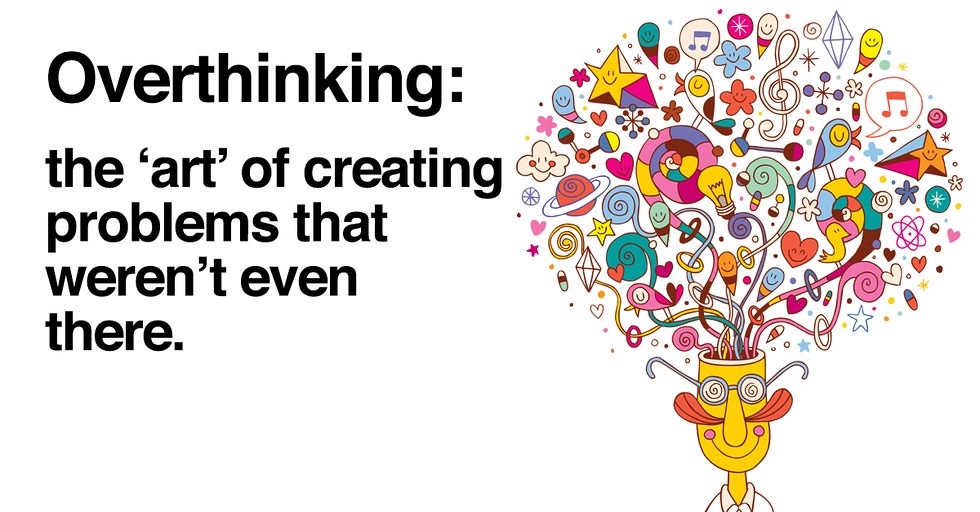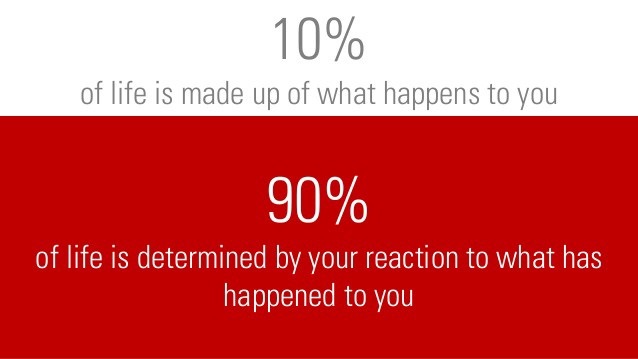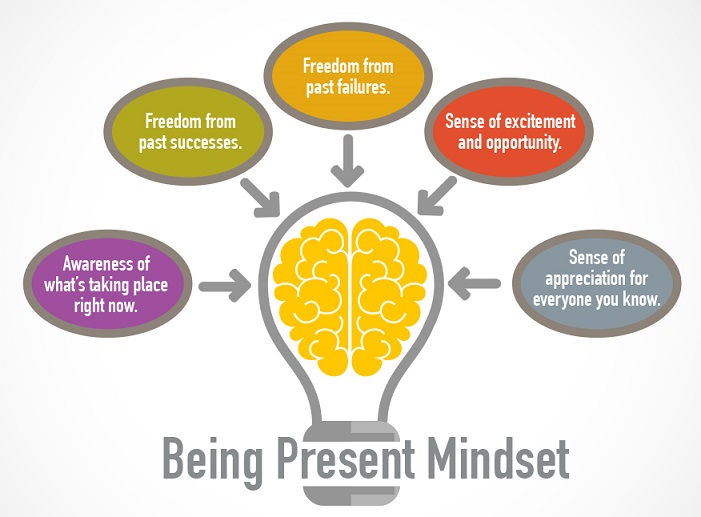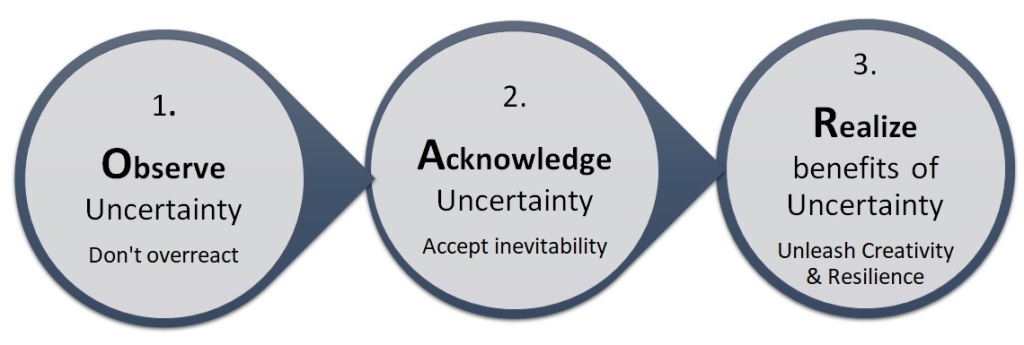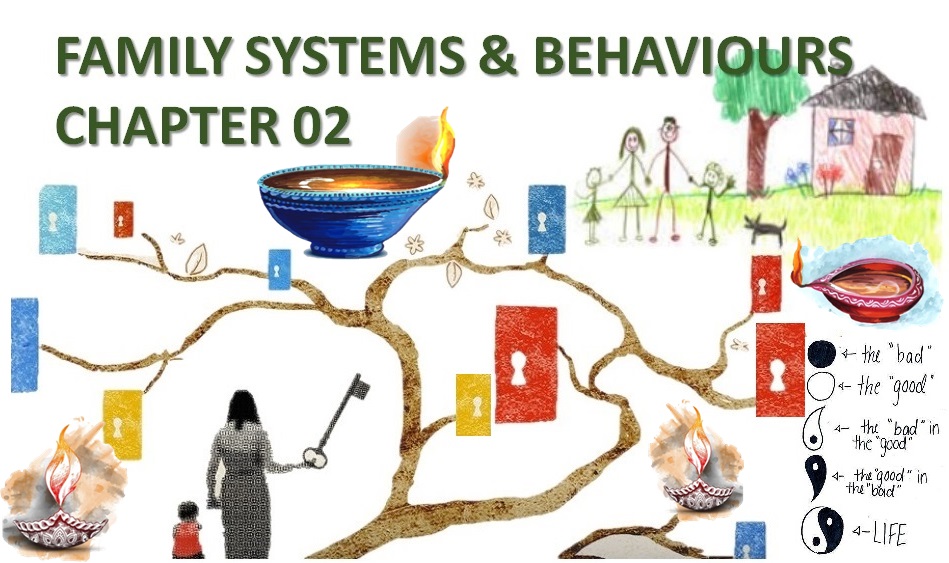
***Continued from Chapter 01 (Covered previously: Diwali & Family Ties, Bowen Family Systems, Three out of the eight concepts of the Bowen Theory Views)
Link to Chapter 01:
04: Family Projection Process
Children inherit many types of problems (as well as strengths) through the relationships with their parents, but the problems they inherit that most affect their lives are relationship sensitivities such as heightened needs for attention and approval, difficulty in dealing with expectations, the tendency to blame oneself or others, feeling responsible for the happiness of others or that others are responsible for one’s own happiness, and acting impulsively to relieve the anxiety of the moment rather than tolerating anxiety and acting thoughtfully. The projection process follows three steps:
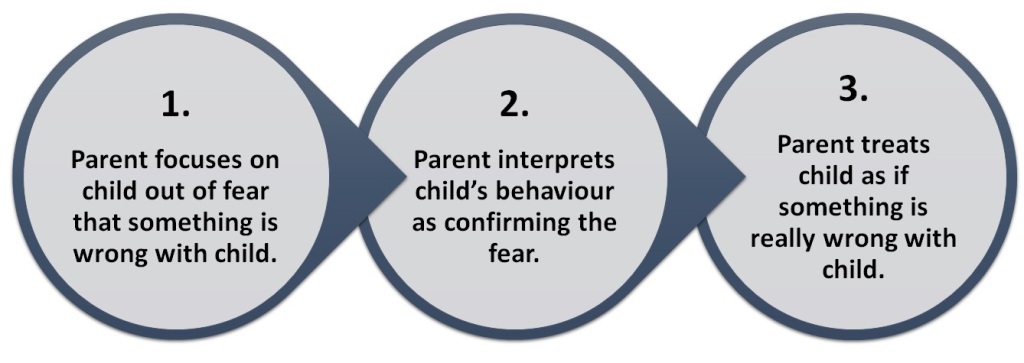
These steps of scanning, diagnosing, and treating begin early in the child’s life and continue. The child grows to embody the fears and perceptions of the parent.
Example:- . . . parents perceive their child to have low self-esteem, they repeatedly try to affirm the child, and the child’s self-esteem grows dependent on their affirmation.
Parents often feel they have not given enough love, attention, or support to a child’s manifesting problems, but they have invested more time, energy, and worry in this child than in other siblings. The siblings less involved in the family projection process have a more mature and reality-based relationship with their parents that fosters the siblings developing into less needy, less reactive, and more goal-directed people. The mother is usually the primary caretaker and more prone than the father to excessive emotional involvement with one or more of the children. The father typically occupies the outside position in the parental triangle, except during periods of heightened tension in the mother-child relationship.
05: Multigenerational Transmission Process
This describes how small differences in the levels of differentiation between parents and their offspring lead over many generations to marked differences in differentiation among the members of a multigenerational family. The information creating these differences is transmitted across generations through relationships. The transmission occurs on several interconnected levels ranging from the conscious teaching and learning of information to the automatic and unconscious programming of emotional reactions and behaviours.
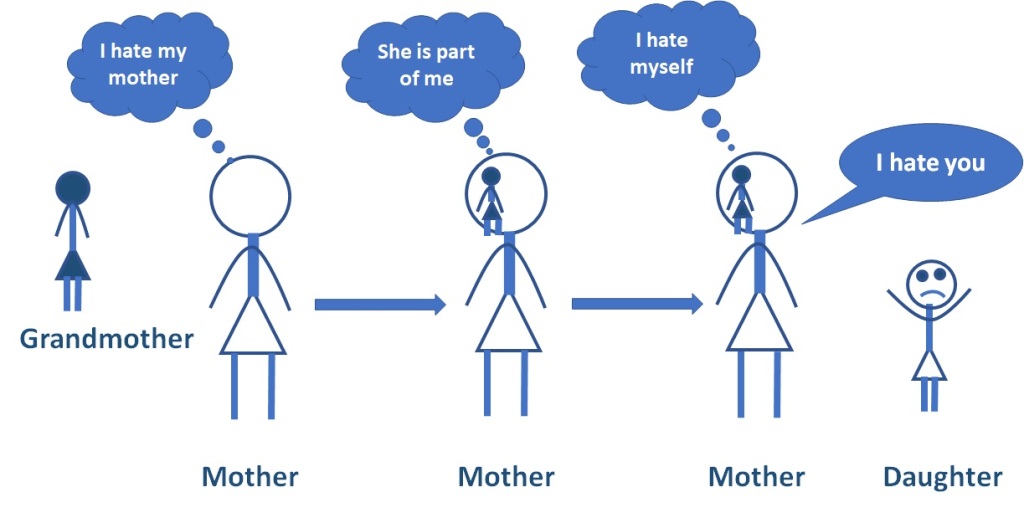
The combination of parents actively shaping the development of their offspring, offspring innately responding to their parents’ moods, attitudes, and actions, and the long dependency period of human offspring results in people developing levels of differentiation of self that is similar to their parents’ levels. The next step in the multigenerational transmission process is people predictably selecting mates with levels of differentiation that match their own. As these processes repeat over multiple generations, the differences between family lines grow increasingly marked.
The Level of differentiation can affect longevity, marital stability, reproduction, health, educational accomplishments, and occupational successes. The highly differentiated people have unusually stable nuclear families and contribute much to society; the poorly differentiated people have chaotic personal lives and depend heavily on others to sustain them. A key implication of the multigenerational concept is that the roots of the most severe human problems as well as of the highest levels of human adaptation are generations deep.
For example:-.. . if a family programs someone to attach intensely to others and to function in a helpless and indecisive way, he/she will likely select a mate who not only attaches to him/her with equal intensity, but one who directs others and makes decisions for them.
06: Emotional Cut-off
This explains about people managing their unresolved emotional issues with parents, siblings, and other family members by reducing or totally cutting off emotional contact with them. Emotional contact can be reduced by people moving away from their families and rarely going home, or it can be reduced by people staying in physical contact with their families but avoiding sensitive issues. Relationships may look “better” if people cut-off to manage them, but the problems is dormant and not resolved. People risk making their new relationships too important.
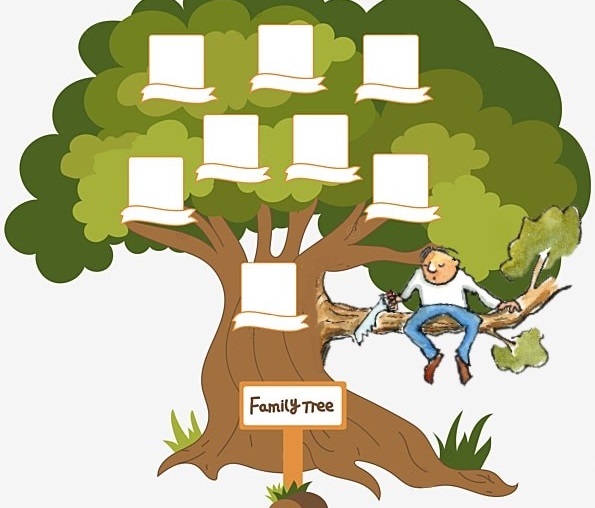
For example:- . . .the more a man cuts off from his family of origin, the more he looks to his spouse, children, and friends to meet his needs. This makes him vulnerable to pressuring them to be certain ways for him or accommodating too much to their expectations of him out of fear of jeopardizing the relationship.
People who are cut-off may try to stabilize their intimate relationships by creating substitute “families” with social and work relationships. An unresolved attachment can take many forms.
Examples may be:-
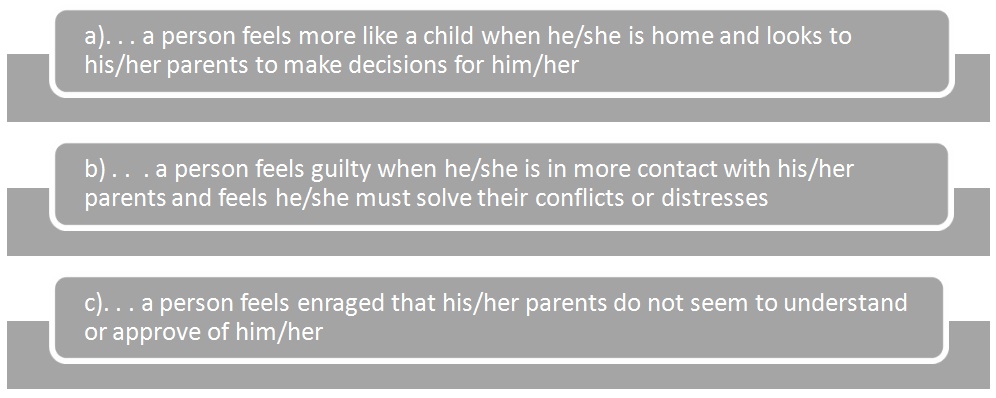
People often look forward to going home, hoping things will be different this time, but the old interactions usually surface within hours. It may take the form of surface harmony with powerful emotional undercurrents or it may deteriorate into shouting matches and hysterics. Both the person and the family may feel exhausted even after a brief visit. It may be easier for the parents if an adult child keeps distance. The family are relieved when the person leaves.
07: Sibling Position
People who grow up in the same sibling position predictably have important common characteristics. Where a person is in the birth order in the family, has an influence on how he/she relates to her parents and siblings. Oldest children tend to gravitate to leadership positions and youngest children often prefer to be followers. The characteristics of one position are not “better” than those of another position, but are complementary. Some examples:. .
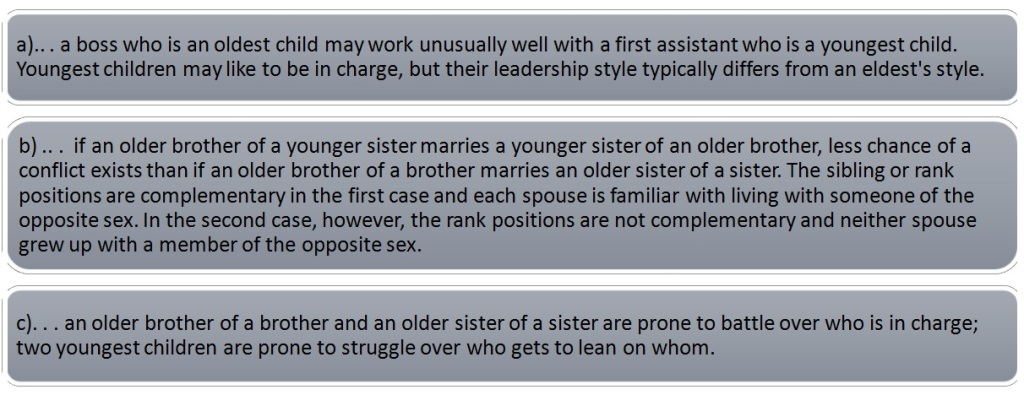
People in the same sibling position may exhibit marked differences in functioning. The concept of differentiation can explain some of the differences. For example:. . . . .. . . rather than being comfortable with responsibility and leadership, an oldest child who is anxiously focused on may grow up to be markedly indecisive and highly reactive to expectations. Consequently, his younger brother may become a “functional oldest,” filling a void in the family system. He is the chronologically younger child, but develops more characteristics of an oldest child than his older brother. Middle children may exhibit the functional characteristics of two sibling positions.
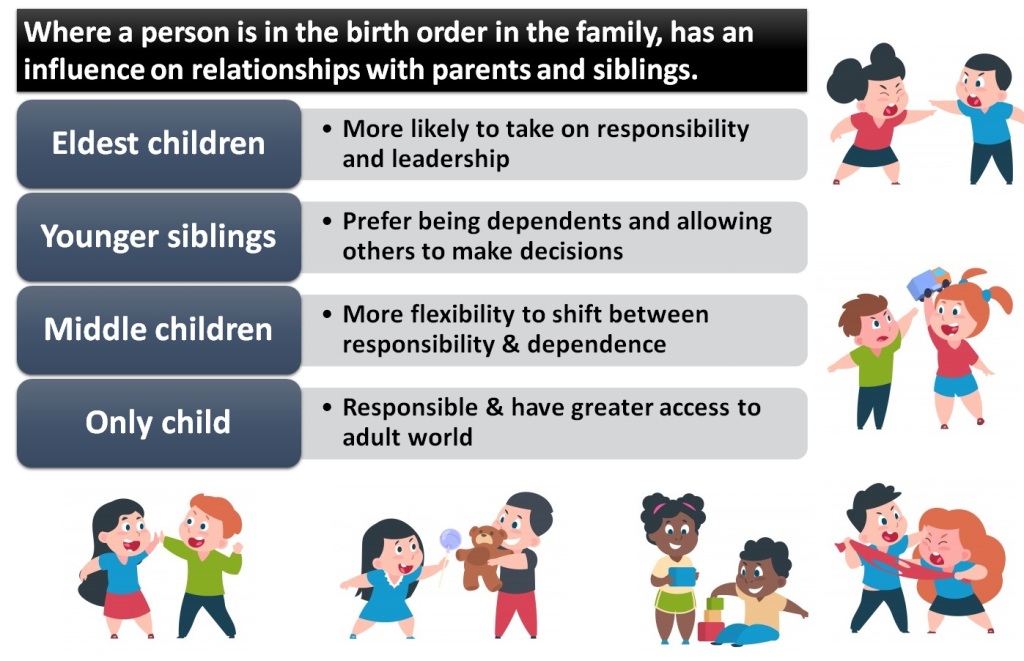
The sibling positions of a person’s parents are also important to consider. An oldest child whose parents are both youngests’ encounters a different set of parental expectations than an oldest child whose parents are both oldests’.
08: Societal Emotional Process
Each concept in Bowen theory applies to nonfamily groups, such as work and social organizations. The concept of societal emotional process describes how the emotional system governs behaviour on a societal level, promoting both progressive and regressive periods in a society. Cultural forces are important in how a society functions but are insufficient for explaining the ebb and flow in how well societies adapt to the challenges that face them.
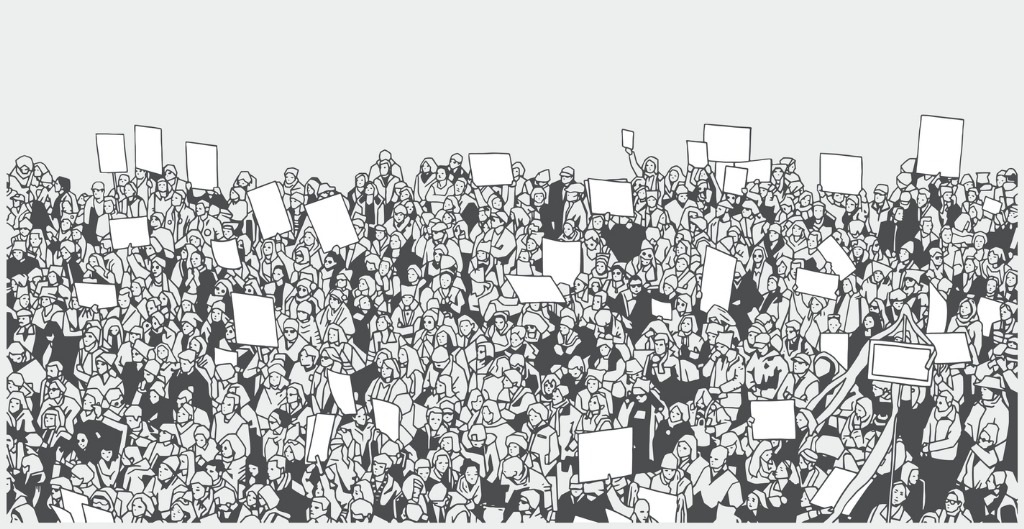
In times of regression (like the current pandemic), people act to relieve the anxiety of the moment rather than act on principle and a long-term view. A regressive pattern began unfolding in society after World War II. It worsened some during the 1950s and rapidly intensified during the 1960s. The “symptoms” of societal regression include a growth of crime and violence, an increasing divorce rate, a more litigious attitude, a greater polarization between racial groups, less principled decision-making by leaders, the drug abuse epidemic, an increase in bankruptcy, and a focus on rights over responsibilities. Human societies undergo periods of regression and progression in their history.
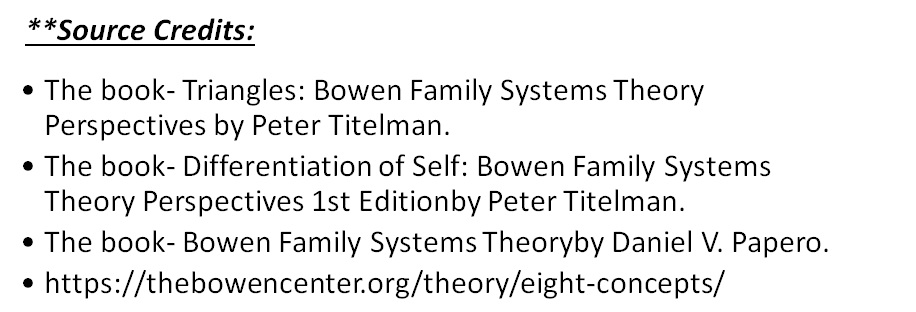
Content Curated By: Dr Shoury Kuttappa.


